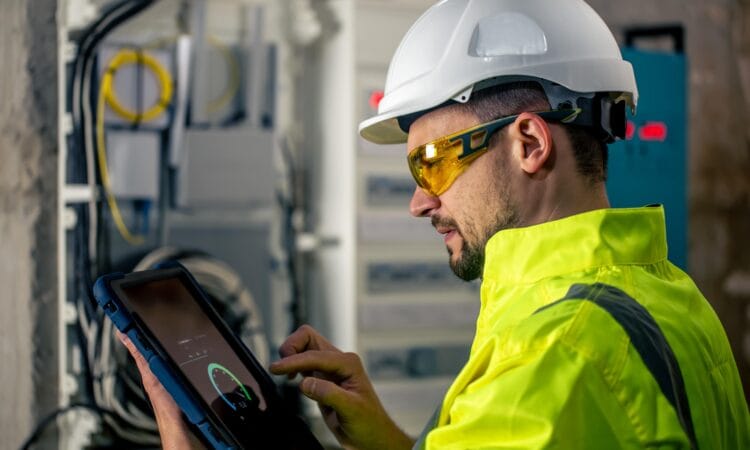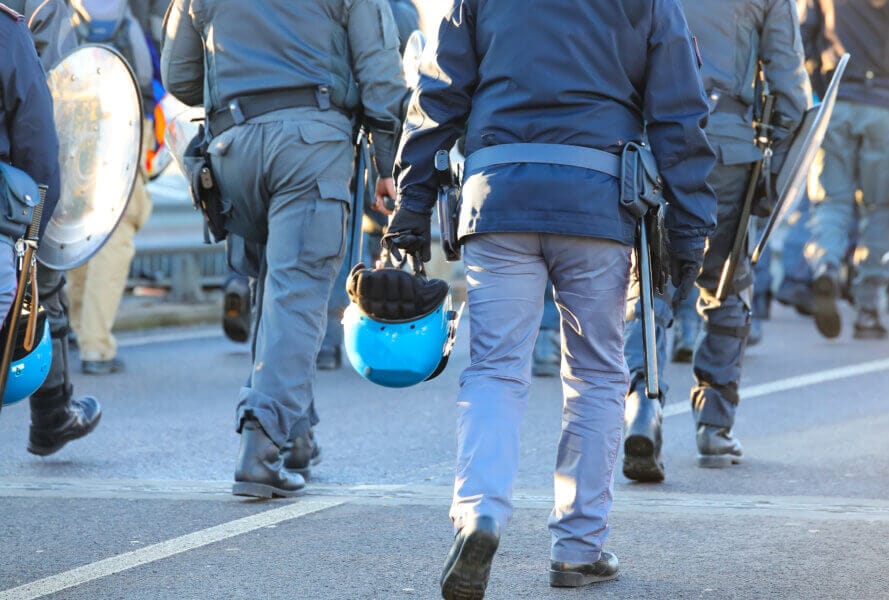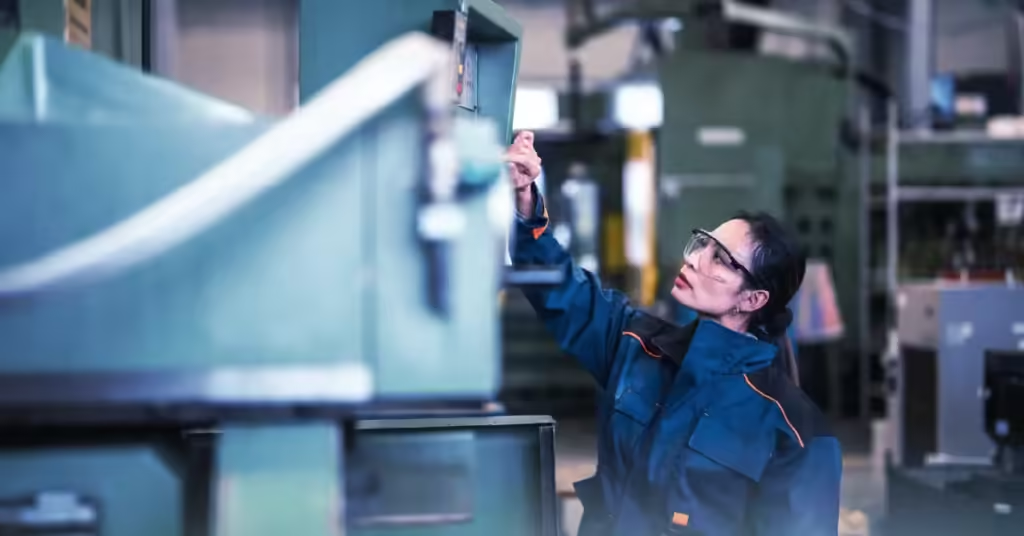
Not long ago, a buyer from a food processing plant reached out to me after a worker got a deep arm laceration from a broken machine part. He asked, “Zion, how do we prevent this from happening again?” My answer was simple: protective gear for the limbs and body isn’t optional—it’s essential.
Limb and body protection PPE refers to garments and equipment designed to shield workers from physical injuries, burns, chemical exposure, and abrasions. This includes gloves, arm guards, leg gaiters, coveralls, aprons, and full-body suits used in hazardous environments.
When done right, this gear prevents injuries, reduces downtime, and shows your crew that their safety comes first.
Common Types of PPE for Arm, Leg, and Full-Body Safety
Different jobs put different parts of the body at risk. The key is to match the gear with the hazard.
Common PPE for limb and body protection includes cut-resistant sleeves, heat-resistant arm guards, reinforced pants, knee pads, chemical-resistant coveralls, and flame-retardant suits.
Here’s a breakdown by type:
| PPE Type | Protection Purpose |
|---|---|
| Cut-resistant Sleeves | Blade, glass, and tool protection for forearms |
| Heat-resistant Arm Guards | Protection during welding or furnace work |
| Reinforced Pants/Knee Pads | Abrasion and impact protection for knees/legs |
| Chemical-resistant Suits | Acid, solvent, and oil spill protection |
| Flame-retardant Coveralls | Fire and thermal hazard protection |
| Aprons (leather, rubber) | Splash or puncture protection for torso/thighs |
One of my regular clients in the steel industry orders triple-layer sleeves for grinders—not because it’s standard, but because it’s safer. The team wears them every shift, every day.
Key Materials Used in Protective Clothing and Their Benefits
The material matters just as much as the design. One wrong fabric and you’re looking at heat retention, poor mobility, or even failure under pressure.
High-quality protective clothing uses materials like Kevlar®, Nomex®, PVC, leather, or coated fabrics—each chosen based on the hazard it’s designed to counter.
Let’s break down some common materials:
| Material | Best For | Benefits |
|---|---|---|
| Kevlar® | Cuts, slashes, light burns | Durable, flexible, high dexterity |
| Nomex® | Fire, arc flash | Flame-resistant, heat-protective |
| Leather | Welding, sparks, abrasion | Tough, long-lasting, flexible |
| PVC/Nitrile | Chemical splash or spray | Waterproof, chemical-resistant |
| Poly-Cotton Blend | Light industry, general use | Breathable, cost-effective |
| Coated Fabrics | Contaminated environments | Barrier against liquids & dust |
I always help clients select by hazard, not just cost. Because low price means nothing if the gear fails when it matters most.
Industry-Specific Applications of Limb and Body Protection Gear
Hazards change depending on where you work—and your PPE should too.
Industries like construction, oil & gas, welding, chemical processing, and food production rely heavily on limb and body PPE to protect against their specific daily risks.
Here are some examples:
| Industry | Typical PPE Needed |
|---|---|
| Welding | Flame-resistant jackets, leather aprons, arm guards |
| Food Processing | Cut-resistant gloves, waterproof aprons, sleeve covers |
| Construction | Reinforced trousers, high-visibility coveralls |
| Chemical Plants | Full-body chemical suits, boot covers, arm guards |
| Utilities/Electrical | Arc-rated suits, insulated gloves, Nomex sleeves |
One of my chemical industry clients in Germany added leg gaiters after a minor acid spill incident—turns out, just gloves and a suit weren’t enough. Now their whole lower-body protection is covered.
How to Select the Right PPE for Maximum Mobility and Coverage
Comfort and protection don’t have to compete. You can (and should) have both.
To choose the right gear, assess the hazard, look at task duration, ensure freedom of movement, and verify fit. Poorly fitting gear leads to low compliance and high risk.
Here’s what I suggest:
- Always assess task-specific risks first (heat, sharp edges, chemicals)
- Choose flexible materials if workers need to bend or crouch frequently
- Ensure proper fit—too tight restricts movement, too loose is dangerous
- Layer strategically for jobs needing both abrasion and chemical protection
- Ask about female/male fits—standard sizes don’t work for everyone
One buyer told me their crew used to avoid arm guards because they were stiff and sweaty. We switched them to breathable Kevlar sleeves with thumbholes—compliance went from 40% to almost 100%.
Maintenance and Inspection Tips for Limb and Body Protective Equipment
Protective gear is only useful when it actually works—and that means keeping it in good shape.
Limb and body PPE should be regularly inspected for wear, cleaned according to material guidelines, and replaced if compromised by holes, tears, or chemical exposure.
Quick tips:
- Inspect before and after each shift for cuts, burns, or contamination
- Wash according to material—don’t use high heat on flame-resistant fabrics
- Store gear in dry, clean locations
- Mark items with expiration or inspection dates
- Replace gear immediately after a serious exposure or accident
I recommend building a simple PPE maintenance checklist into your shift routine. It takes 5 minutes, but it saves you from costly injuries—and lawsuits.
Conclusion
Limb and body PPE isn’t just about checking a box—it’s about protecting real people from real risks. And whether you’re outfitting welders, lab technicians, or food workers, having the right gear in the right place makes all the difference. If you’re ready to source dependable, comfortable, and hazard-specific protection, I’m here to help every step of the way.
Zion Zhang
Recent Posts
 Essential PPE for Staying Safe During Protests and Demonstrations2025年6月13日I once spoke with a buyer who handled safety gear for NGOs […]
Essential PPE for Staying Safe During Protests and Demonstrations2025年6月13日I once spoke with a buyer who handled safety gear for NGOs […] WorkSafeBC Steel Toe Boot Requirements: Compliance, Safety Features, and Industry Applications2025年6月13日I still remember the first time a Canadian client called me […]
WorkSafeBC Steel Toe Boot Requirements: Compliance, Safety Features, and Industry Applications2025年6月13日I still remember the first time a Canadian client called me […] What Is Kitchen Protective Clothing and Why Is It Important?2025年6月12日I once had a chef client in Canada tell me, “Zion, in a […]
What Is Kitchen Protective Clothing and Why Is It Important?2025年6月12日I once had a chef client in Canada tell me, “Zion, in a […] Overview of Maritime PPE Standards and Regulatory Bodies2025年6月11日A while back, I was talking with one of our Dutch buyers. […]
Overview of Maritime PPE Standards and Regulatory Bodies2025年6月11日A while back, I was talking with one of our Dutch buyers. […] What Is Non-Respiratory PPE and When Is It Used?2025年6月10日Not long ago, I got a message from a buyer in the U.S. […]
What Is Non-Respiratory PPE and When Is It Used?2025年6月10日Not long ago, I got a message from a buyer in the U.S. […] What Is PPE in Nursing and Why Is It Important?2025年6月9日I still remember the first time a nurse explained PPE to […]
What Is PPE in Nursing and Why Is It Important?2025年6月9日I still remember the first time a nurse explained PPE to […]
CONTACT US
- Feel free to contact us any time. We will get back to you as soon as we can!
- +86-17330061805
